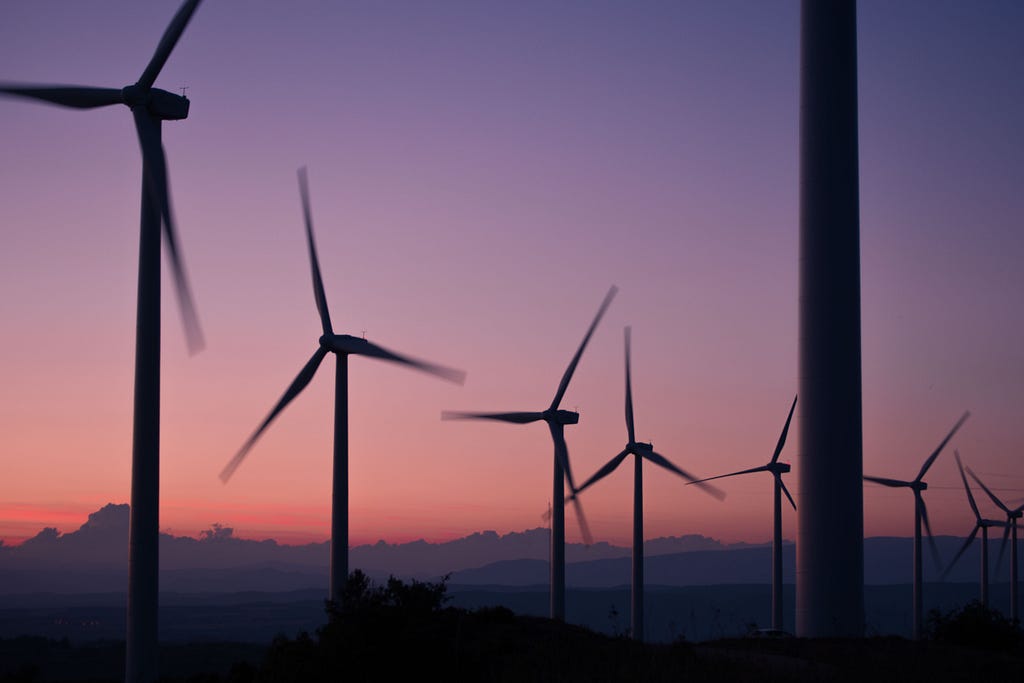By Paaras Agrawal, edited by Maya Rector

How can we combat this reliance and centralized production of energy while simultaneously enabling individuals to take greater control of their energy ecosystem?
The answer might just be found in the form of energy microgrids. Microgrids are localized grids that can operate autonomously from a traditional grid system (Energy, 2017). Energy microgrids offer a myriad of benefits all in the form of decentralized energy. They can reduce surge load demands on central grids, reduce energy losses that occur in long-distance transmissions, and ultimately strengthen our energy foundation.
So what exactly does a microgrid look like?
It all starts with local regions producing their own energy. This can take the form of solar panels or wind turbines built for residential areas. This coincides well with the rapid growth of renewable energy sources which now represent nearly 20% of U.S. electrical generation (EIA, 2017). After the energy production process step been checked off, we can simply connect into the ‘traditional’ grid system, but in doing so are not just users of energy, but now we have turned into providers of it.In a world that is embracing peer-to- peer marketplaces, why not also add energy to that list of markets?
Is your neighbor in need of some extra volts as he charges up his new Tesla? Why not give him some of the excess you have stored up and in turn generate some cash on the side? By becoming more in-touch with the energy production process, we inevitably become more conscientious of how our decisions are impacting the environment around us. In 2008, 95% of the power outages caused by Hurricane Ike were caused by damages which only affected 5% of the grid (Fehling, 2013).“Microgrids can let us take energy into our own hands…and make the world a more livable place for the generations to come.”In a time where hurricanes and cyber-attacks can quickly lead to millions of people without the necessities they need to carry on an everyday life, microgrids can let us take energy into our own hands and in the process, we may just make the world a more livable place for the generations to come.
Sources:
1. The Role of Microgrids in Helping to Advance the Nations Energy System. (n.d.). Retrieved October 15, 2017 2. Electricity in the United States. (2017, May 10). Retrieved October 15, 2017 3. Molavi, Justin. “Solar Power Generation in the US.” ISBISWorld US Solar Power Generation Industry Market Research Report, IBISWorld, Oct. 2017. 4. Fehling, D. (2013, September 12).Op-Ed: Microgrids — the future of the connected energy system was originally published in Berkeley Master of Engineering on Medium, where people are continuing the conversation by highlighting and responding to this story.





